Diverse Applications Across Industries
The Physical Vapor Deposition on Plastic Market is characterized by its diverse applications across various sectors. From automotive components to consumer electronics, the versatility of PVD coatings allows for enhanced performance in numerous products. For instance, in the automotive industry, PVD coatings are utilized to improve the aesthetic appeal and durability of interior and exterior components. Similarly, in the electronics sector, PVD is employed to create thin films that enhance the functionality of devices. The market is projected to reach a valuation of USD 1.2 billion by 2026, reflecting the growing recognition of PVD coatings as essential for high-performance applications. This trend indicates a broadening scope for PVD technologies in multiple industries.
Rising Demand for Lightweight Materials
The Physical Vapor Deposition on Plastic Market is witnessing a rising demand for lightweight materials, particularly in the automotive and aerospace sectors. As manufacturers seek to improve fuel efficiency and reduce emissions, the use of lightweight plastics coated with PVD is becoming increasingly attractive. PVD coatings provide the necessary strength and durability while maintaining a low weight, making them ideal for applications where weight reduction is critical. Market analysis indicates that the demand for lightweight materials is expected to grow by 20% over the next five years, further propelling the PVD market. This trend underscores the importance of PVD technologies in meeting the evolving needs of industries focused on performance and sustainability.
Sustainability and Environmental Considerations
The Physical Vapor Deposition on Plastic Market is increasingly influenced by sustainability and environmental considerations. As industries strive to reduce their carbon footprint, the demand for eco-friendly coating solutions is rising. PVD processes are known for their low waste generation and energy efficiency compared to traditional coating methods. This aligns with the global push towards sustainable manufacturing practices. Furthermore, the ability of PVD coatings to extend the lifespan of plastic products contributes to reduced material consumption and waste. Market data suggests that the adoption of sustainable practices in the PVD sector could lead to a 15% increase in market share by 2027, as companies prioritize environmentally responsible solutions.
Increased Investment in Research and Development
The Physical Vapor Deposition on Plastic Market is benefiting from increased investment in research and development. Companies are allocating significant resources to explore new materials and processes that enhance the effectiveness of PVD coatings. This investment is crucial for developing innovative solutions that meet the specific needs of various applications. For instance, research into hybrid coatings that combine PVD with other technologies is gaining traction, potentially leading to breakthroughs in performance. The market is expected to see a 10% increase in R&D spending over the next few years, reflecting the industry's commitment to advancing PVD technologies. This focus on innovation is likely to drive growth and expand the market's capabilities.
Technological Advancements in Coating Techniques
The Physical Vapor Deposition on Plastic Market is experiencing a surge in technological advancements that enhance coating techniques. Innovations such as atomic layer deposition and magnetron sputtering are becoming increasingly prevalent. These methods allow for the deposition of thin films with superior uniformity and control over thickness. As a result, manufacturers can achieve enhanced performance characteristics, such as improved barrier properties and increased durability. The market for PVD coatings on plastics is projected to grow at a compound annual growth rate of approximately 8% over the next five years, driven by these advancements. This growth indicates a robust demand for high-performance coatings in various sectors, including automotive and electronics, where the need for lightweight and durable materials is paramount.


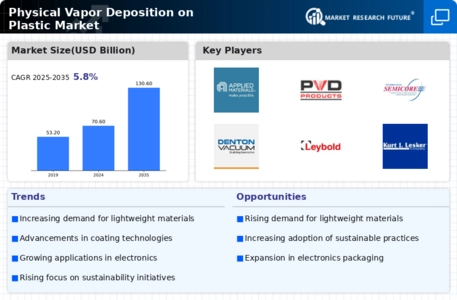
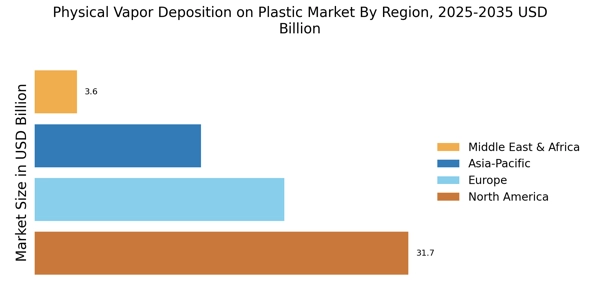


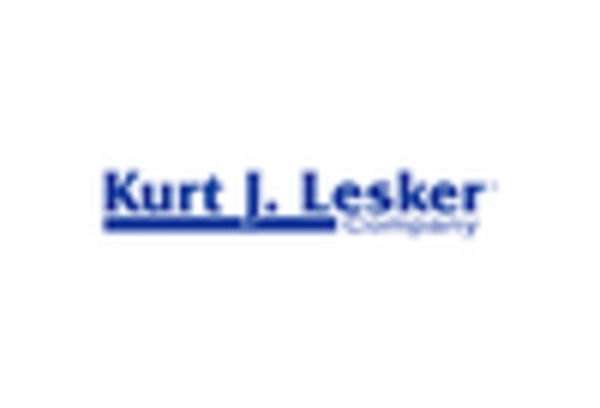

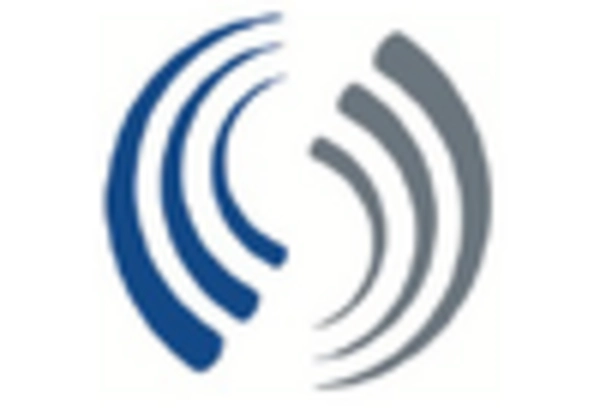
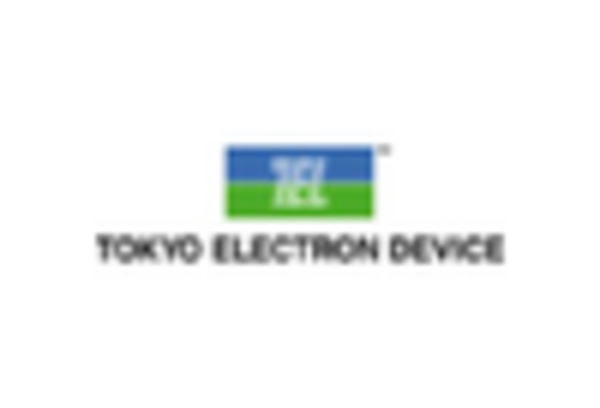









Leave a Comment